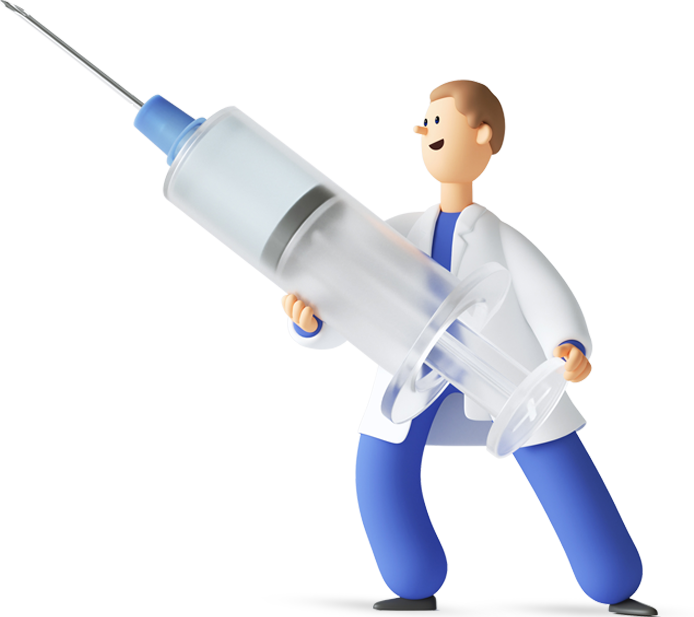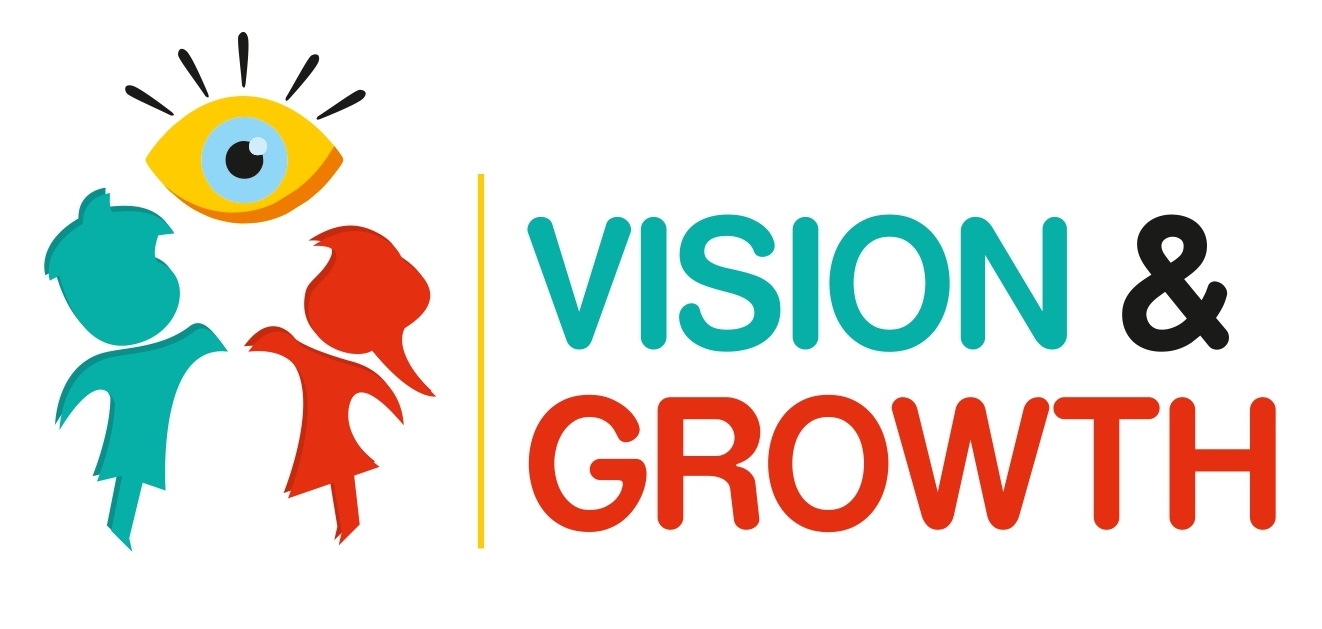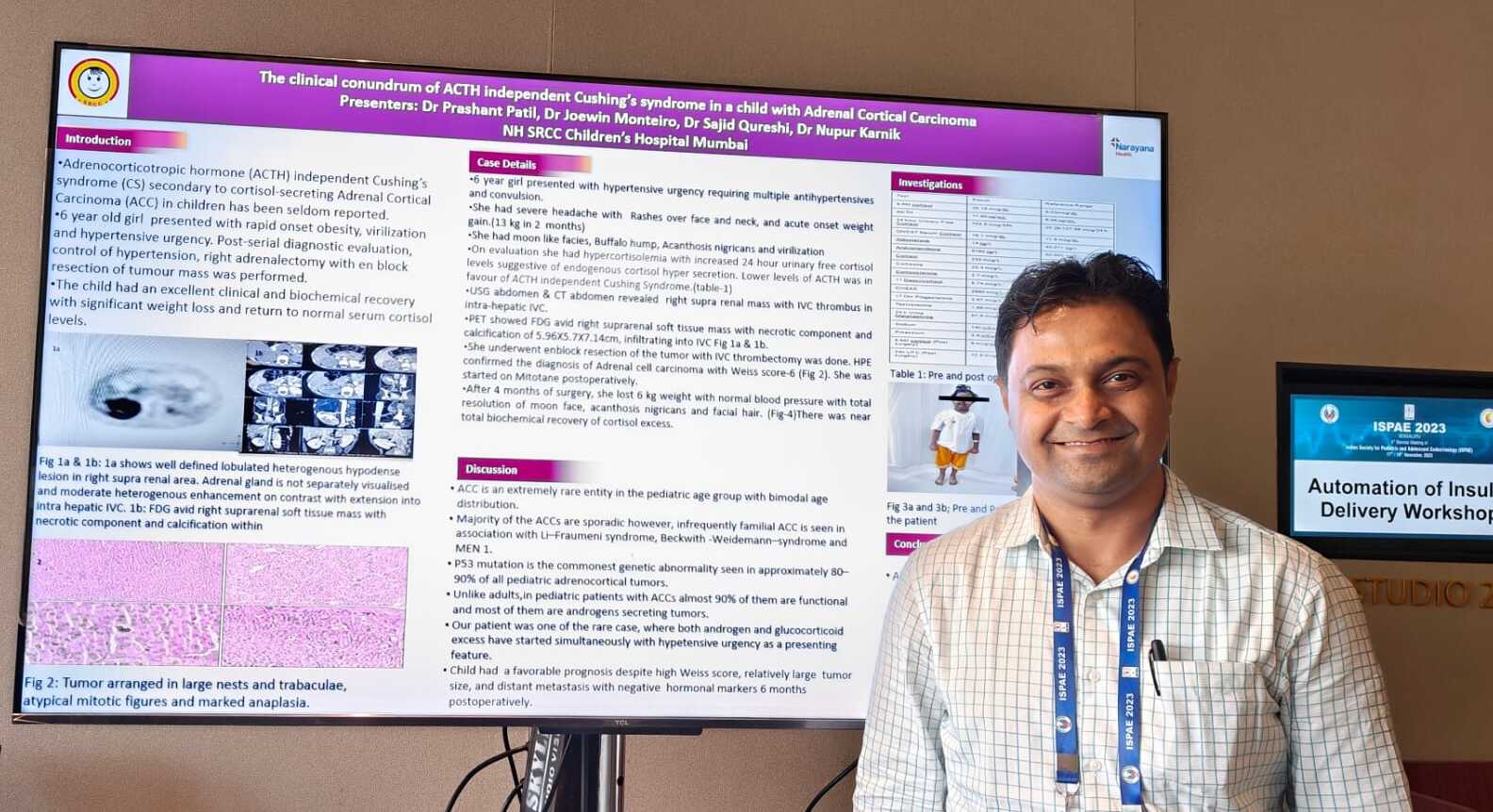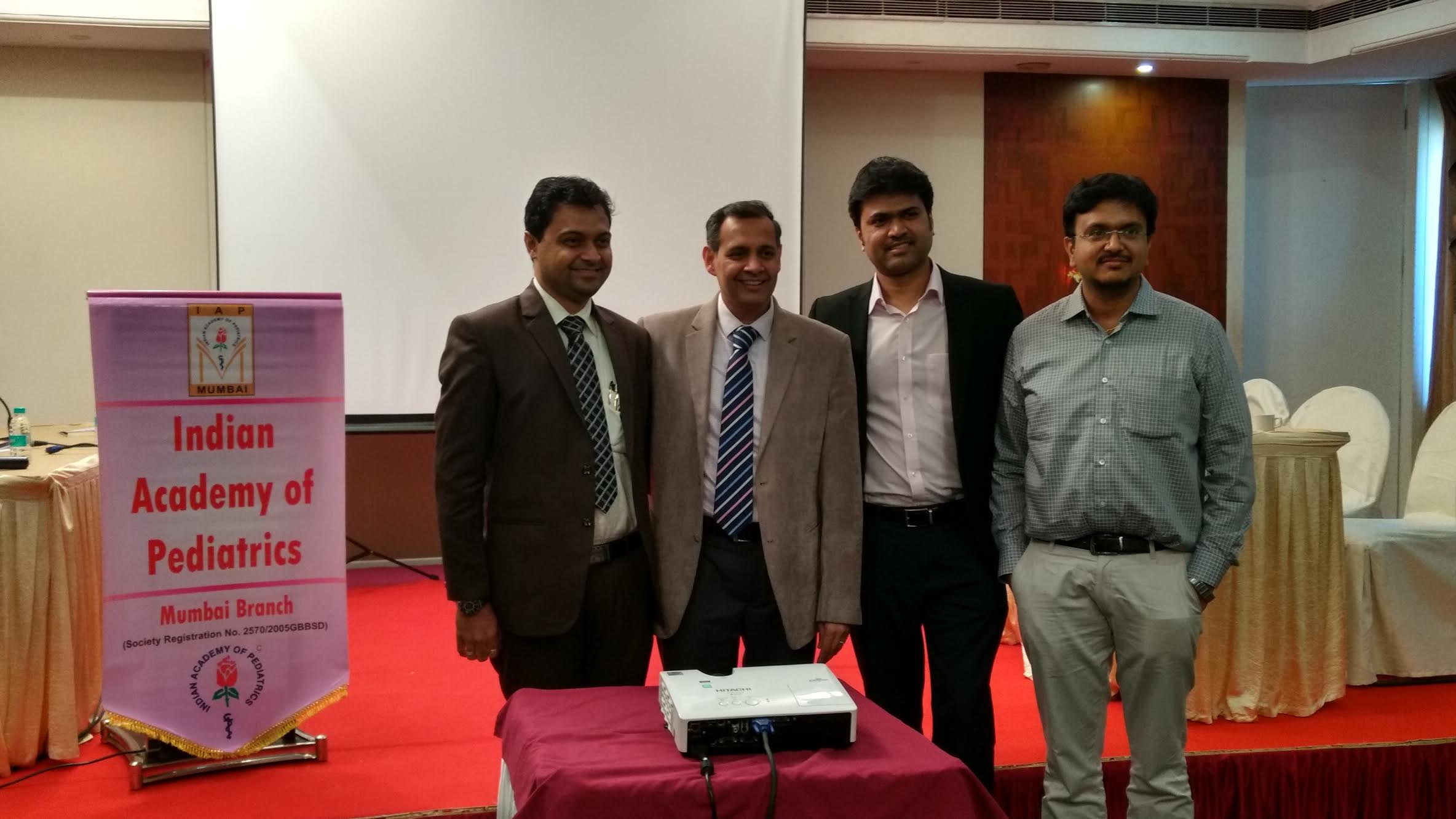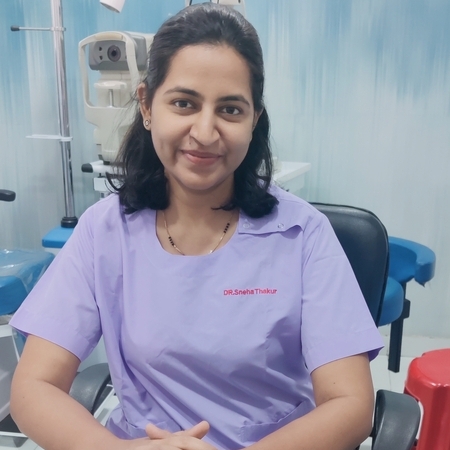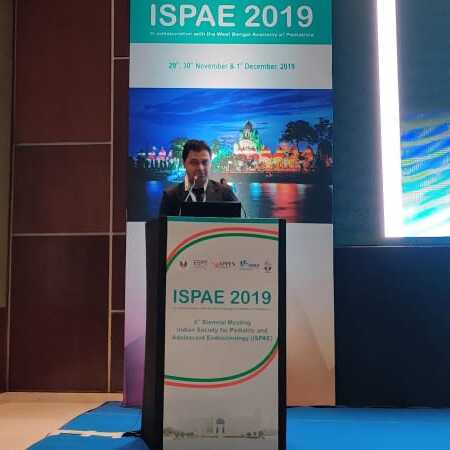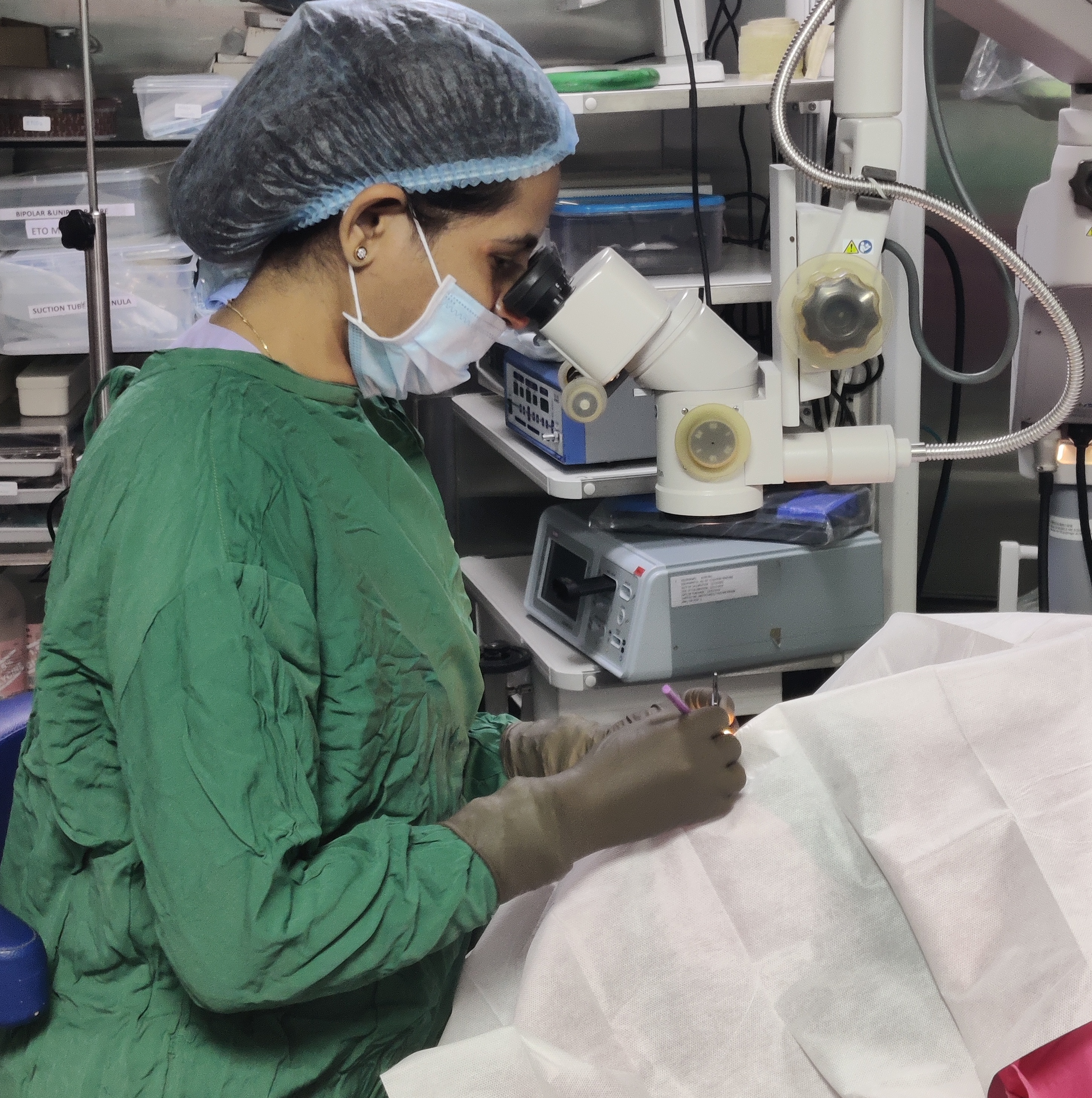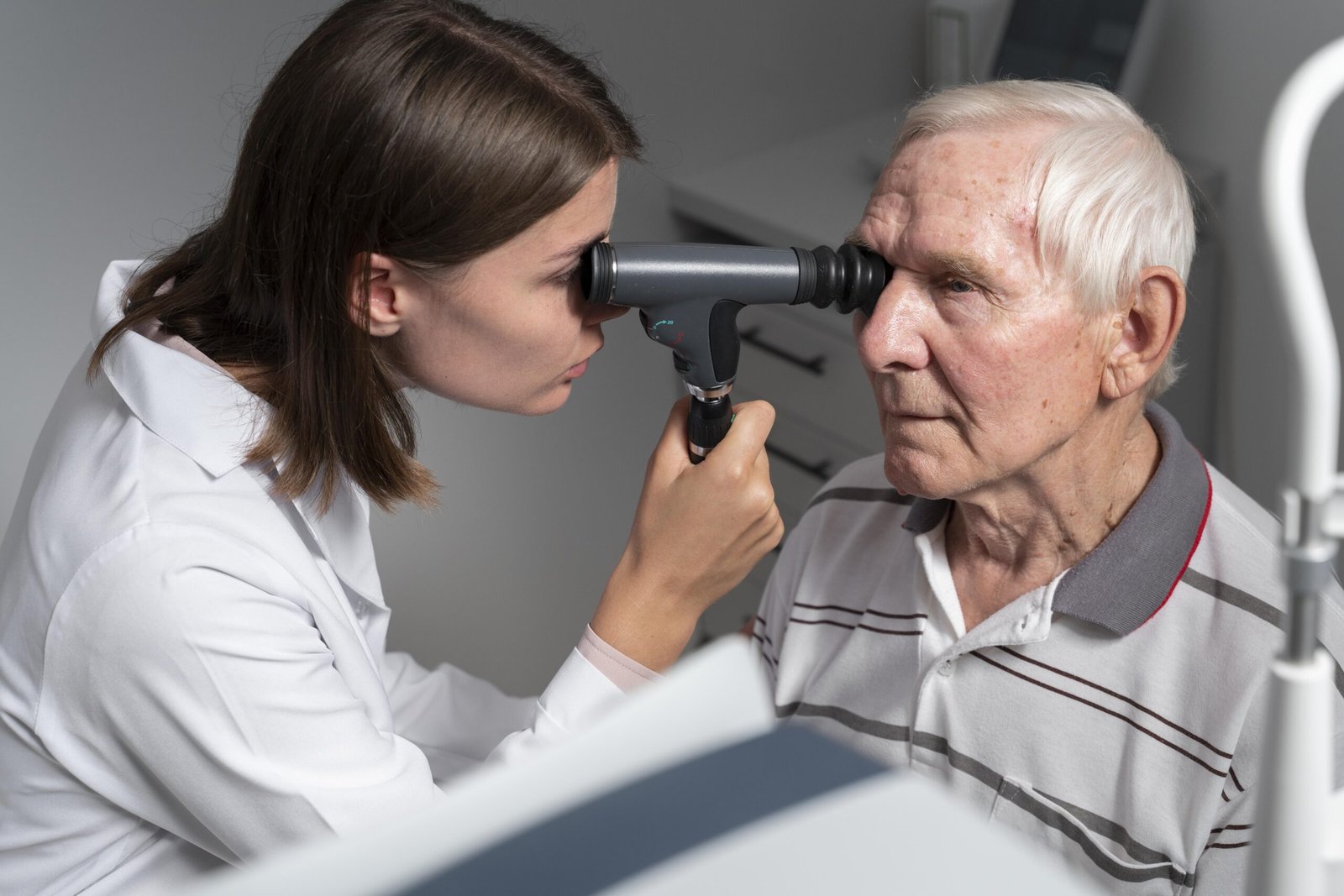
Motiyabind, commonly known as cataract, remains one of the leading causes of reversible vision loss in India. With urban lifestyles, increasing screen exposure, and aging populations, more individuals are seeking reliable, modern solutions to restore their eyesight. For residents in the eastern suburbs of Mumbai, Motiyabind Surgery in Chembur, Vision & Growth represents a trusted blend of expertise, advanced technology, and patient-centered care. This article explores everything you need to know about cataract symptoms, treatment choices, surgical techniques, recovery, FAQs, and how a specialized clinic can guide your journey to clearer vision.
Understanding Motiyabind (Cataract): What Really Happens to Your Eyes?
Motiyabind occurs when the natural lens of the eye becomes cloudy. This clouding gradually interferes with how light enters the eye, blocking clear images from forming on the retina. While many associate it only with older age, modern lifestyle factors have brought motiyabind into younger groups as well.
Common causes include:
- Aging of the natural lens
- Genetic predisposition
- Trauma or injury
- Long-term use of steroids
- Diabetes
- Excessive UV exposure
- Smoking or poor lifestyle habits
Early detection is crucial. Many patients do not realize how rapidly their vision is declining until routine activities like reading, driving, or recognizing faces become challenging. This is where timely Motiyabind Surgery in Chembur, Vision & Growth plays a key role in restoring visual clarity before complications arise.
Meet Dr. Sneha Thakur – The Expert Behind Precision Eye Care at Vision & Growth
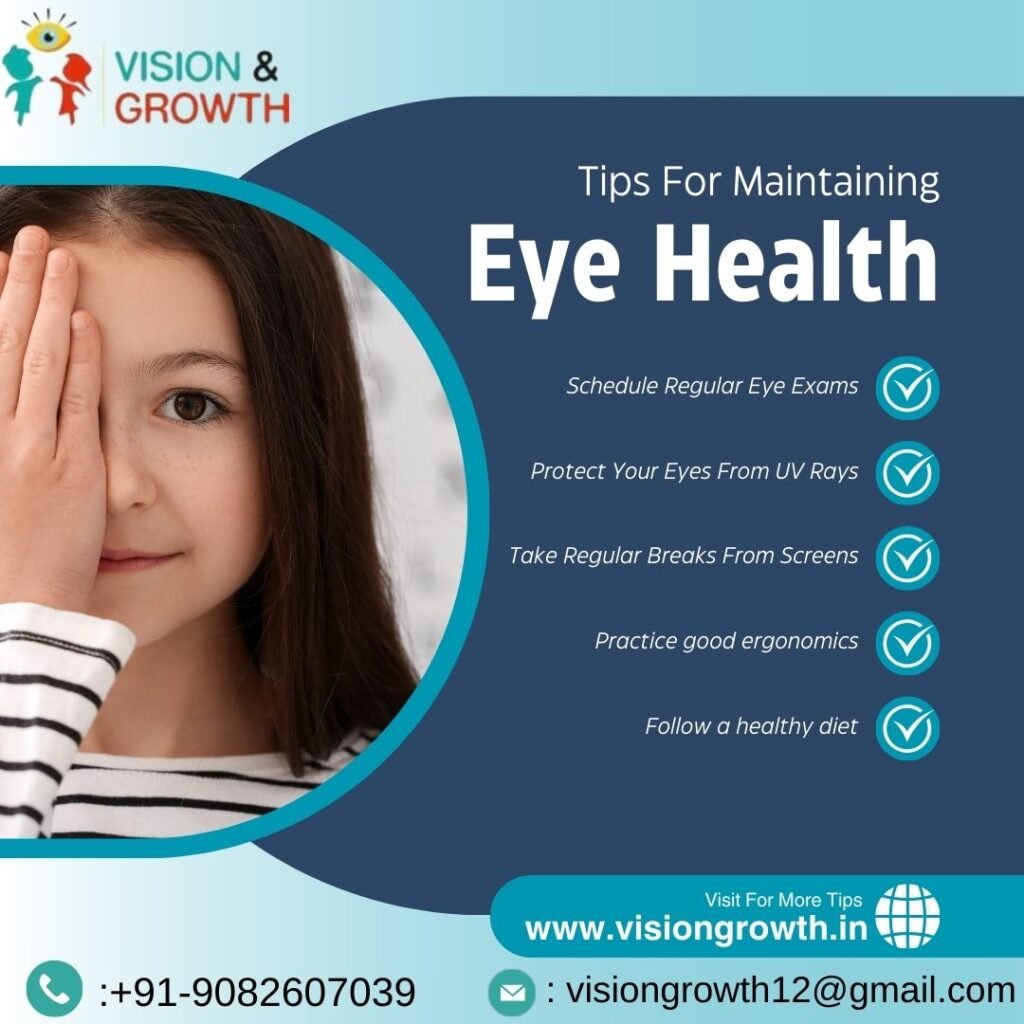
A major reason patients feel confident choosing Vision & Growth is the expertise and warmth of Dr. Sneha Thakur, one of the leading ophthalmologists in the region. Her commitment to patient-first care, combined with advanced surgical skills, has made her a trusted name for cataract and refractive solutions.
Dr. Sneha Thakur is known for her meticulous approach to cataract evaluation, surgical planning, and postoperative management, ensuring every patient receives individualized attention. She has extensive experience with:
- Phacoemulsification (Phaco)
- Femtosecond laser-assisted cataract surgery (FLACS)
- Micro-incision cataract procedures
- Premium intraocular lens implantation
- Diabetic and geriatric eye care
Her ability to explain complex conditions in simple, comforting language helps patients understand their treatment journey with clarity and confidence. Dr. Thakur also emphasizes the importance of early detection, regular check-ups, and lifestyle awareness—especially for individuals at risk of developing motiyabind.
Patients consistently appreciate her empathetic consultation style, precision in diagnosis, and dedication to achieving the best possible visual outcomes. Her leadership strengthens the standard of care offered at Vision & Growth, making it a preferred destination for those seeking safe, modern, and reliable eye treatment.
Symptoms That Indicate You May Need Cataract Treatment
Motiyabind typically progresses slowly, and symptoms vary from person to person. If you notice any of the following signs, you should schedule an eye examination:
- Persistent cloudy or blurry vision
- Difficulty seeing at night
- Increased sensitivity to bright lights
- Faded or yellowed colors
- Frequent changes in spectacle prescription
- Halos around lights
- Double vision in one eye
Ignoring symptoms may lead to dense cataracts, making surgery more complex. Fortunately, modern approaches such as Motiyabind Surgery in Chembur, Vision & Growth ensure precision, speed, comfort, and long-term benefits for patients of all ages.
Why Timing Matters: When Should You Consider Motiyabind Surgery?
Gone are the days when cataract patients had to “wait for complete maturity.” Today, specialists recommend early intervention if:
- Your vision is affecting daily life
- Night driving becomes unsafe
- You experience frequent prescription changes
- You struggle with glare or low-light environments
- There is a risk of complications due to diseases like diabetes
Advances in technology mean no patient has to wait until their sight deteriorates significantly. The modern approach taken at Motiyabind Surgery in Chembur, Vision & Growth enables early, safer, and more effective treatment options.
Types of Motiyabind Surgery: Which One Is Right for You?
Choosing the right surgical method depends on your lifestyle, eye health, and visual goals. Here are the most common approaches:
1. Phacoemulsification (Phaco Surgery)
This is the most widely used technique, where ultrasonic energy breaks the cloudy lens into tiny fragments that are gently removed. A foldable intraocular lens (IOL) is then inserted.
2. Femtosecond Laser-Assisted Cataract Surgery (FLACS)
A bladeless, highly precise method using advanced lasers for corneal incisions and lens fragmentation. It is ideal for individuals seeking maximum accuracy.
3. Micro-Incision Cataract Surgery (MICS)
Performed through extremely small incisions, this technique enhances recovery and minimizes tissue disturbance.
4. Lifestyle IOL Options
- Monofocal IOL
- Toric IOL (for astigmatism)
- Multifocal IOL
- Extended Depth of Focus (EDOF) IOL
These lenses upgrade your visual quality, and many patients achieve spectacle independence. The experienced specialists offering Motiyabind Surgery in Chembur, Vision & Growth help tailor the right IOL choice based on occupation, digital usage, and long-term vision expectations.
Modern Technology Used for Cataract Treatment
Today’s cataract procedures are incredibly advanced, offering high safety, excellent clarity, and quick visual restoration.
Technologies commonly used include:
- Optical Coherence Tomography (OCT)
- 3D mapping systems
- High-precision blade-free lasers
- Phaco platforms with micro-incision support
- Advanced biometry for personalized lens power selection
These advancements are part of what makes Motiyabind Surgery in Chembur, Vision & Growth a growing preference among residents.
Benefits of Undergoing Motiyabind Surgery at a Specialized Clinic
Choosing an expert-led facility offers several advantages:
1. Faster Recovery
Most patients resume routine activities within 24–48 hours.
2. Enhanced Clarity & Color Perception
Colors become brighter, and vision sharpens almost immediately.
3. Improved Safety with Modern Techniques
Minimal pain, micro-incisions, and faster healing reduce post-surgical risks.
4. Customized Treatment Options
Each eye is different, and specialists customize IOL choice, surgical method, and recovery plans.
5. Personalized Patient Care
Good communication and guidance ensure comfort, clarity, and confidence during the treatment process.
All these elements are part of why many residents opt for Motiyabind Surgery in Chembur, Vision & Growth as their trusted eye care partner.
Recovery After Cataract Surgery: What to Expect
Recovery after cataract surgery is usually smooth. However, following instructions ensures optimal outcomes.
Do’s
- Use prescribed eye drops regularly
- Wear protective glasses
- Rest your eyes for the first 24 hours
- Maintain hygiene and avoid touching the eye
- Attend follow-up appointments
Don’ts
- Avoid rubbing your eyes
- No heavy lifting for a week
- Avoid swimming for at least 10–14 days
- No eye makeup for a week
Most patients report noticeable visual improvements within a day, highlighting the efficiency of Motiyabind Surgery in Chembur, Vision & Growth and the modern methods used.
Why Chembur Residents Prefer Vision & Growth for Cataract Care
Chembur’s growing population demands accessible and trusted medical services. A dedicated center ensures:
- Experienced ophthalmologists
- Modern diagnostic technology
- Personalized treatment plans
- Affordable and transparent pricing
- Comfortable, patient-friendly center environment
The clinic’s reputation for quality care and precise results is what drives more patients to choose Motiyabind Surgery in Chembur, Vision & Growth for their cataract correction journey.
Eligibility for Motiyabind Surgery
You may qualify for cataract surgery if:
- Your vision is affecting day-to-day tasks
- You have difficulty seeing in low light
- Prescription glasses are no longer helping
- Your doctor identifies lens cloudiness
- You want improved clarity and sharper vision
During your evaluation, specialists at Motiyabind Surgery in Chembur, Vision & Growth will assess your eye condition and recommend the safest, most effective treatment method.
Frequently Asked Questions (FAQs)
1. Is motiyabind surgery painful?
No. Surgery is performed under local or topical anesthesia. You may feel mild pressure, but no pain.
2. How long does the surgery take?
Most cataract surgeries take 10–20 minutes, depending on the technique used.
3. When can I resume normal activities like reading or using a mobile phone?
You can resume light activities within a day, but avoid strain. Your surgeon will guide you based on recovery progress.
4. Are there any complications?
Complications are rare, especially with modern procedures. Following post-operative care instructions helps ensure smooth recovery.
5. What is the lifespan of an intraocular lens (IOL)?
IOLs are designed to last a lifetime. Most patients never need replacement.
6. Can cataracts come back?
No. Once removed, cataracts cannot return. Sometimes a membrane behind the lens may become cloudy, which can be corrected easily with a painless laser procedure.
7. How soon will I see improvement?
Many patients report clearer vision within a few hours to a day. Full stabilization can take a few weeks.
The Growing Preference for Advanced Eye Care in Chembur
Chembur’s healthcare landscape has expanded significantly in recent years, with residents seeking modern, reliable, and patient-friendly treatments. The specialized procedures offered through Motiyabind Surgery in Chembur, Vision & Growth reflect a commitment to high-quality eye care that blends affordability with innovation. Whether for older adults or younger individuals with early cataracts, the availability of modern procedures ensures that patients can maintain a high quality of life with clear, comfortable vision.
Conclusion
Motiyabind is a common and progressive condition, but it is also one of the most successfully treated visual impairments worldwide. With the right guidance, cutting-edge technology, and personalized care, cataract recovery can be smooth, comfortable, and life-changing. For those seeking dependable treatment, Motiyabind Surgery in Chembur, Vision & Growth offers a comprehensive combination of expertise, precision, and long-lasting results. Restoring clarity doesn’t just improve vision—it enhances independence, confidence, and overall well-being.
